Home>Articles>How Long To Cook Salmon On George Foreman Grill
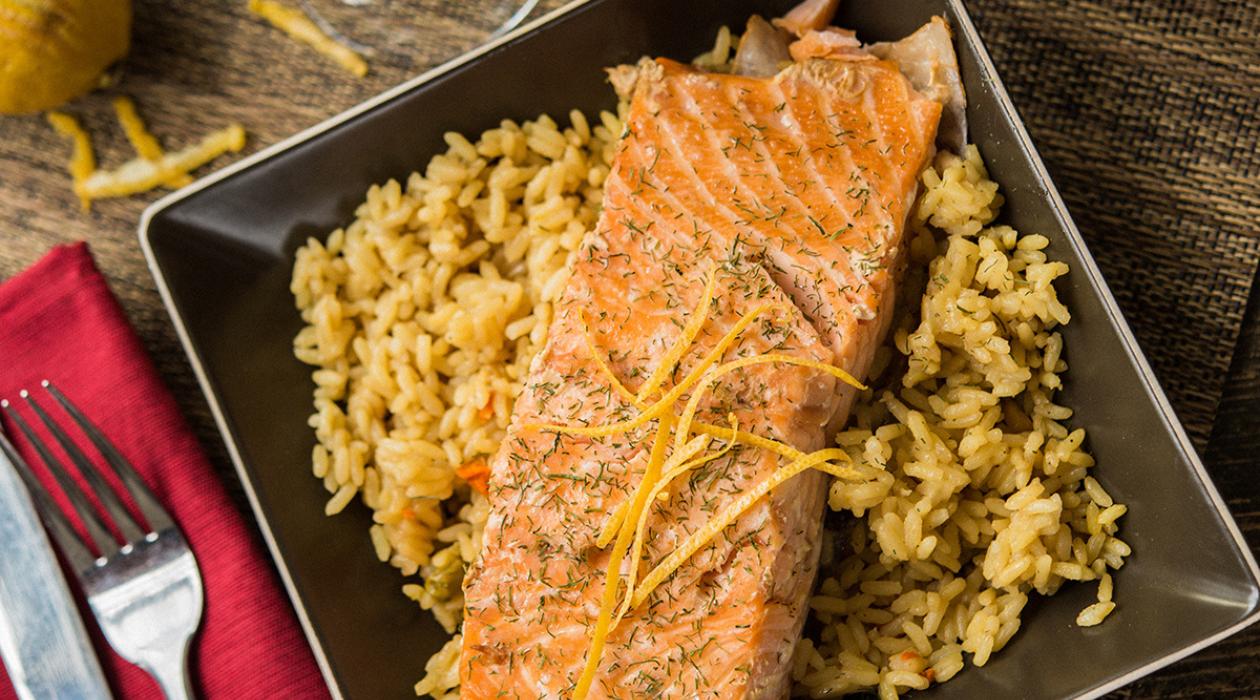

Articles
How Long To Cook Salmon On George Foreman Grill
Modified: December 7, 2023
Discover the perfect cooking time for salmon on your George Foreman Grill with our informative articles. Find out how long to cook salmon for a delicious and healthy meal!
(Many of the links in this article redirect to a specific reviewed product. Your purchase of these products through affiliate links helps to generate commission for Storables.com, at no extra cost. Learn more)
Introduction
Welcome to this comprehensive guide on how to cook salmon on a George Foreman grill. Grilling salmon is not only a delicious way to enjoy this nutritious fish, but also a quick and convenient cooking method. The George Foreman grill, known for its ability to cook food evenly and quickly, is a great option for preparing salmon.
Salmon is not only incredibly tasty, but it is also highly nutritious. Packed with omega-3 fatty acids, vitamins, and minerals, salmon is a wonderful addition to any diet. By grilling salmon on a George Foreman grill, you can enhance its natural flavors and achieve a moist and tender texture.
In this article, we will take you through the process of choosing the right salmon, preparing it for grilling, preheating your George Foreman grill, determining the ideal cooking time, checking for doneness, and serving this delectable dish. We will also provide some tips and variations to help elevate your grilled salmon to the next level.
So, grab your George Foreman grill and get ready to cook a mouthwatering salmon dish that will impress your friends and family.
Key Takeaways:
- Grilling salmon on a George Foreman grill is a quick, nutritious, and flavorful cooking method. From choosing the right salmon to mastering the ideal cooking time, this guide empowers you to create mouthwatering salmon dishes that will impress your guests.
- With tips on seasoning, preheating, and checking for doneness, this guide ensures that your grilled salmon turns out moist, tender, and bursting with flavor. Get ready to elevate your grilling game and enjoy the health benefits of this delicious fish.
Choosing the Right Salmon
When it comes to grilling salmon on a George Foreman grill, selecting the right type of salmon is crucial. Here are some tips to help you choose the perfect salmon for your grilling adventure:
- Wild-caught or farm-raised: You have the option to choose between wild-caught salmon and farm-raised salmon. Wild-caught salmon tends to have a bolder flavor, while farm-raised salmon is milder in taste. Consider your personal preference and the availability of each type.
- Freshness: Look for salmon that is fresh and has a bright color. Fresh salmon should have a firm texture and a mild oceanic smell.
- Fillet or steak: Decide whether you prefer salmon fillets or steaks. Fillets are boneless and offer a more delicate texture, while steaks have bones and a firmer texture.
- Skin-on or skinless: Salmon can be purchased with the skin intact or removed. Skin-on salmon can help keep the flesh moist during cooking, while skinless salmon offers convenience if you prefer not to consume the skin.
- Sustainable sourcing: Consider choosing salmon that is sustainably sourced to support environmentally friendly fishing practices. Look for certifications like the Marine Stewardship Council (MSC) or the Aquaculture Stewardship Council (ASC).
Whether you opt for wild-caught or farm-raised, fresh or frozen, fillets or steaks, the most important aspect is that you choose salmon that meets your preferences and fits your budget. With the right selection, you can ensure a delicious grilled salmon meal on your George Foreman grill.
Preparing the Salmon for Grilling
Before you start grilling your salmon on the George Foreman grill, it’s important to properly prepare the fish to maximize its flavor and ensure even cooking. Here’s what you need to do:
- Thawing: If you’re using frozen salmon, make sure to thaw it before grilling. Transfer the frozen salmon to the refrigerator and allow it to thaw overnight. This gradual thawing process helps maintain the texture and flavor of the fish.
- Seasoning: Enhance the flavor of your salmon by seasoning it with your favorite herbs, spices, and marinades. A simple combination of salt, pepper, and lemon juice can work wonders. For a burst of flavor, consider adding garlic powder, paprika, or dill. Let the salmon marinate for at least 15 minutes to allow the flavors to infuse.
- Skin-side down: If you’re grilling salmon with the skin on, place it skin-side down on a clean cutting board. This allows for even seasoning and helps prevent sticking to the grill when cooking.
- Removing pin bones: Using a pair of clean tweezers or kitchen pliers, check the salmon for any remaining pin bones. Gently pull out any bones that you find, ensuring that the fillet is bone-free and ready for grilling.
- Brushing with oil: To prevent the salmon from sticking to the grill, lightly brush both sides of the fish with olive oil or any other cooking oil of your choice. This adds a touch of moisture and helps create a beautiful sear on the fish.
By following these preparation steps, you’ll ensure that your salmon is well-seasoned, bone-free, and ready to be grilled to perfection on your George Foreman grill. Now, it’s time to preheat the grill and get cooking!
Preheating the George Foreman Grill
To achieve the best results when grilling salmon on a George Foreman grill, it’s essential to properly preheat the grill. Preheating allows the grill to reach the optimal cooking temperature and ensures even heat distribution. Follow these steps to preheat your George Foreman grill:
- Clean the grill plates: Before preheating, make sure the grill plates are clean and free from any residue. Use a damp cloth or sponge to wipe away any food particles or grease.
- Plug in the grill: Connect your George Foreman grill to a power outlet. The power indicator light will turn on, indicating that the grill is receiving power.
- Adjust the temperature: Most George Foreman grills have a temperature control dial that allows you to adjust the heat level. Set the dial to a medium-high setting, which is typically around 375-400°F (190-204°C).
- Preheating time: Give the grill a few minutes to preheat. The exact preheating time may vary depending on the model of your George Foreman grill, but on average, it takes about 5 minutes for the grill to reach the desired temperature.
- Open the grill plates: Open the grill plates and check if they have reached the desired temperature. You can do this by holding your hand a few inches above the plates. You should feel a noticeable heat, indicating that the grill is ready for cooking.
- Lightly oil the grill plates (optional): If you’re concerned about the salmon sticking to the grill, you can lightly brush the grill plates with oil. This will provide additional lubrication and help prevent the fish from sticking.
By properly preheating your George Foreman grill, you’ll ensure that your salmon cooks evenly and achieves a delicious grilled exterior. Now that the grill is preheated, it’s time to move on to determining the ideal cooking time for your salmon.
Cooking Time for Salmon on George Foreman Grill
One of the benefits of using a George Foreman grill is its ability to cook food quickly and evenly. When it comes to grilling salmon, it’s important to cook it for the right amount of time to achieve the perfect balance of tenderness and juiciness. Here’s a general guideline for cooking salmon on a George Foreman grill:
- Thickness of the salmon: The cooking time will depend on the thickness of the salmon fillet or steak. As a general rule, cook salmon for about 4-6 minutes per ½ inch thickness. For example, if your salmon is 1 inch thick, grill it for approximately 8-12 minutes.
- Internal temperature: Another way to determine the doneness of your salmon is by checking its internal temperature. The salmon should reach an internal temperature of 145°F (63°C) when measured with a food thermometer. This ensures that the salmon is fully cooked and safe to eat.
- Flipping the salmon: For even cooking, flip the salmon once during the grilling process. This helps to evenly distribute the heat and maintain a moist and tender texture. Use a spatula or tongs to carefully flip the salmon without breaking it.
- Grill marks: The George Foreman grill is designed to leave beautiful grill marks on your food. Keep an eye on the salmon while grilling and rotate it slightly to achieve those aesthetically pleasing grill lines.
It’s worth noting that cooking times may vary depending on the specific model of your George Foreman grill and the desired level of doneness. It’s always recommended to check the salmon’s internal temperature to ensure it has reached the recommended safe temperature.
Now that you know the cooking time for salmon on a George Foreman grill, it’s time to learn how to check for doneness to ensure that your salmon is perfectly cooked.
Preheat the George Foreman grill to medium-high heat. Place the salmon on the grill and cook for 4-6 minutes per 1/2 inch of thickness, flipping halfway through. The internal temperature should reach 145°F for safe consumption.
Read more: How Long To Cook Cod On George Foreman Grill
Checking for Doneness
Checking for doneness is a crucial step when grilling salmon on a George Foreman grill. Properly cooked salmon should be moist, tender, and flaky. Here are a few methods to determine if your salmon is cooked to perfection:
- Visual cues: Observe the color and texture of the salmon. Fully cooked salmon will turn opaque and have a slightly pink center. The flesh should easily flake apart when gently pressed with a fork.
- Internal temperature: Use a food thermometer to check the internal temperature of the thickest part of the salmon. It should reach 145°F (63°C) for safe consumption.
- Touch test: If you don’t have a food thermometer, you can rely on the touch test. Gently press the salmon with your finger or a fork. If it feels firm, yet still slightly springy, it is likely cooked through. If it feels too soft or mushy, it may need additional cooking time.
- Juices: When the salmon is fully cooked, it should release clear or slightly opaque juices. If the juices appear milky or pink, the salmon may require further cooking.
It’s important not to overcook the salmon as it can result in a dry and less flavorful dish. Keep in mind that the salmon will continue cooking for a few minutes after you remove it from the grill due to residual heat. Therefore, it’s advisable to remove the salmon from the George Foreman grill just before it reaches the desired level of doneness.
Now that you know how to check for doneness, let’s move on to serving and enjoying your deliciously grilled salmon.
Serving and Enjoying Grilled Salmon
Now that your salmon is perfectly grilled on the George Foreman grill, it’s time to serve and savor this mouthwatering dish. Here are some tips on how to present and enjoy your grilled salmon:
- Plating: Carefully transfer the grilled salmon to a serving platter or individual plates. If you grilled the salmon with the skin on, you can choose to serve it with the skin side down for presentation purposes.
- Garnish: Add a pop of color and flavor by garnishing the salmon. Fresh herbs like dill, parsley, or chives work well, or you can drizzle a little lemon juice or a squeeze of fresh citrus over the top.
- Accompaniments: Consider pairing your grilled salmon with a side of your choice. A few popular options include steamed vegetables, roasted potatoes, a light salad, or a grain pilaf. The choice is yours, so pick something that complements the flavors of the grilled salmon.
- Sauces and dressings: Elevate the taste of your grilled salmon with a delicious sauce or dressing. Classic options like dill sauce, lemon butter sauce, or tangy vinaigrette can enhance the flavors of the fish.
- Enjoying: Once everything is plated, it’s time to dig in and enjoy your perfectly grilled salmon. Take a bite and savor the moist and flaky texture, along with the burst of flavors from the herbs and seasonings.
Remember to take your time and enjoy every bite of your freshly grilled salmon. It’s a dish that is not only delicious but also packed with health benefits.
Whether you’re hosting a dinner party or simply cooking a weeknight meal, grilled salmon on a George Foreman grill is a crowd-pleasing choice that will impress your guests and satisfy your taste buds.
Now that you know how to serve and enjoy your grilled salmon, let’s explore a few tips and variations to further enhance your grilling experience.
Tips and Variations
Grilling salmon on a George Foreman grill is a versatile cooking method that allows for plenty of customization and experimentation. Here are some tips and variations to help you elevate your grilled salmon:
- Marinating: Experiment with different marinades to infuse your salmon with unique flavors. Try a combination of soy sauce, ginger, and garlic for an Asian-inspired twist, or a mix of honey, mustard, and herbs for a sweet and tangy flavor profile.
- Cedar plank grilling: For a smoky and aromatic touch, consider grilling your salmon on a cedar plank. Soak the plank in water for a few hours, then place the salmon on top and grill as usual. The cedar plank imparts a subtle woody flavor to the fish.
- Adding a glaze: Brushing a glaze on your grilled salmon during the last few minutes of cooking adds a delightful caramelized crust and extra flavor. Use ingredients like maple syrup, teriyaki sauce, or balsamic reduction to create a tasty glaze.
- Grilled salmon burgers: Shape your seasoned salmon into patties and grill them on the George Foreman grill for a delicious salmon burger. Serve on a bun with your favorite toppings for a flavorful twist on a classic burger.
- Grilled salmon tacos: Flake the grilled salmon and use it as a filling for soft tacos. Top with fresh salsa, guacamole, and a squeeze of lime juice for a vibrant and tasty meal.
- Experiment with spices: Don’t be afraid to experiment with different spice blends to season your salmon. Cajun seasoning, lemon pepper, or a combination of paprika and cumin can add a new dimension of flavor to your grilled salmon.
- Vegetable accompaniments: Grill some vegetables alongside your salmon for a complete and balanced meal. Zucchini, bell peppers, asparagus, or eggplant are all great options that can be grilled to perfection alongside the fish.
These tips and variations provide a starting point for unleashing your creativity in the kitchen. Feel free to modify and adapt these ideas to suit your taste preferences and dietary needs.
Remember, cooking is all about exploring and enjoying the process. So, have fun experimenting with different flavors and techniques to create your perfect grilled salmon masterpiece!
Now that you’ve learned various tips and variations, it’s time to wrap up this guide on grilling salmon on a George Foreman grill.
Conclusion
Congratulations! You’ve reached the end of this comprehensive guide on how to cook salmon on a George Foreman grill. By following these steps, you can confidently grill salmon to perfection, achieving a moist and flavorful dish that will impress your friends and family.
Start by choosing the right salmon, whether wild-caught or farm-raised, fresh or frozen, and fillets or steaks. Properly prepare the salmon by thawing, seasoning, and brushing it with oil to prevent sticking. Preheat your George Foreman grill, ensuring it reaches the optimal cooking temperature for even heat distribution.
Master the cooking time for salmon on the George Foreman grill, considering the thickness of the fish and its desired level of doneness. Utilize visual cues, internal temperature checks, and the touch test to determine if the salmon is perfectly cooked.
Once your salmon is grilled to perfection, serve it with style. Garnish with fresh herbs, pair it with delicious accompaniments, and drizzle with a flavorful sauce or dressing to enhance the taste. Take the time to savor each bite and enjoy the health benefits of this nutritious fish.
Remember, grilling salmon on a George Foreman grill allows for endless possibilities. You can experiment with marinades, try different spices, or even explore alternative grilling methods like cedar plank grilling. Let your creativity flourish and make each grilled salmon dish uniquely yours.
Now, armed with the knowledge and techniques shared in this guide, it’s time to fire up your George Foreman grill and become a master of grilling delectable salmon. Whether you’re hosting a cookout, preparing a weeknight dinner, or simply craving a healthy and delicious meal, grilled salmon on a George Foreman grill is always a fantastic choice.
So grab your apron, gather your ingredients, and let the grill work its magic. Get ready to enjoy the juicy, flavorful, and perfectly grilled salmon that will leave your taste buds wanting more.
Frequently Asked Questions about How Long To Cook Salmon On George Foreman Grill
Was this page helpful?
At Storables.com, we guarantee accurate and reliable information. Our content, validated by Expert Board Contributors, is crafted following stringent Editorial Policies. We're committed to providing you with well-researched, expert-backed insights for all your informational needs.
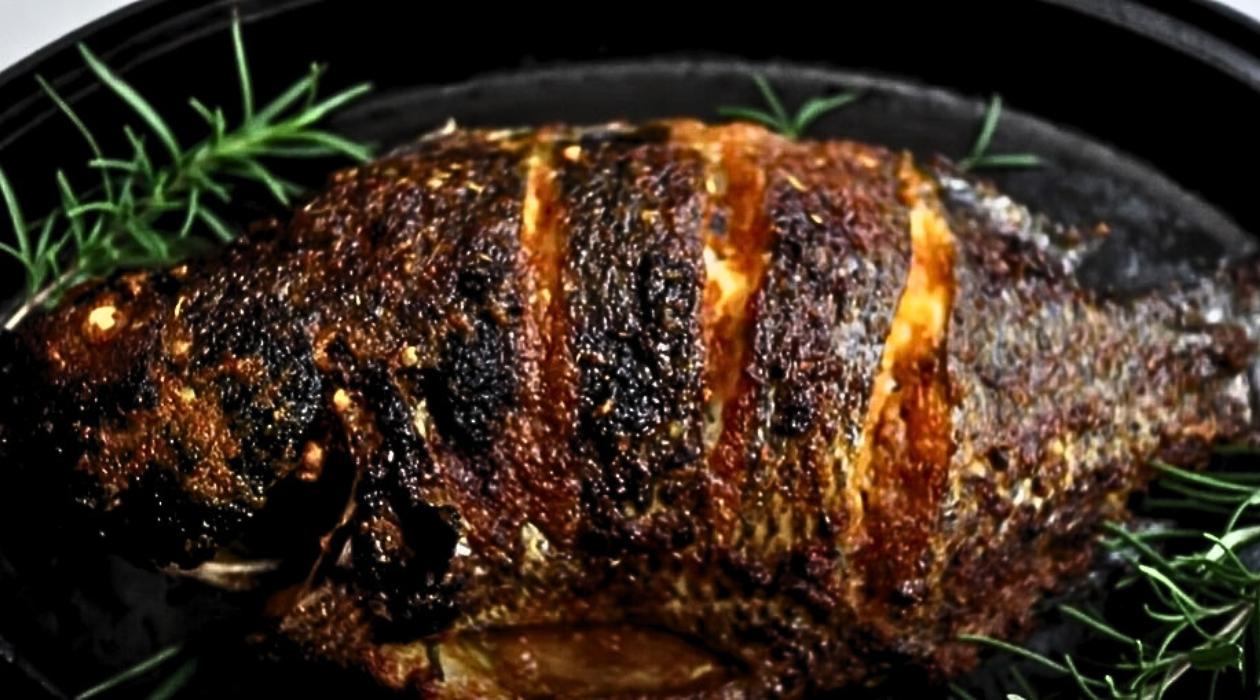
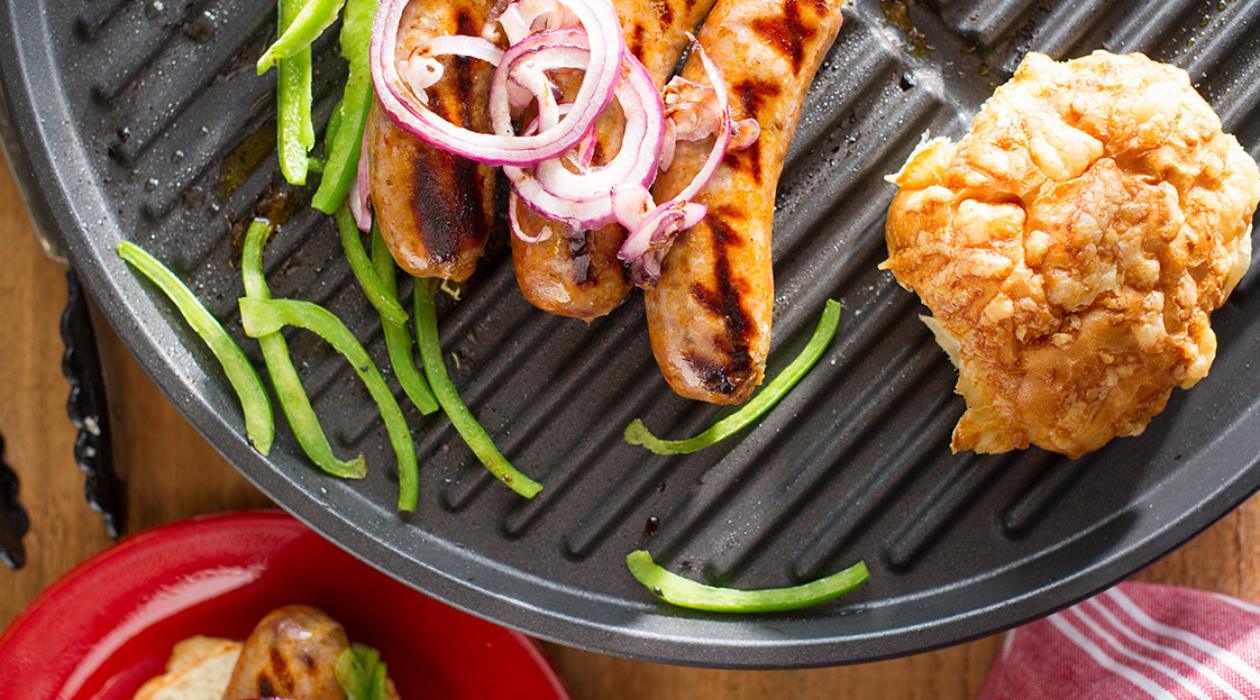
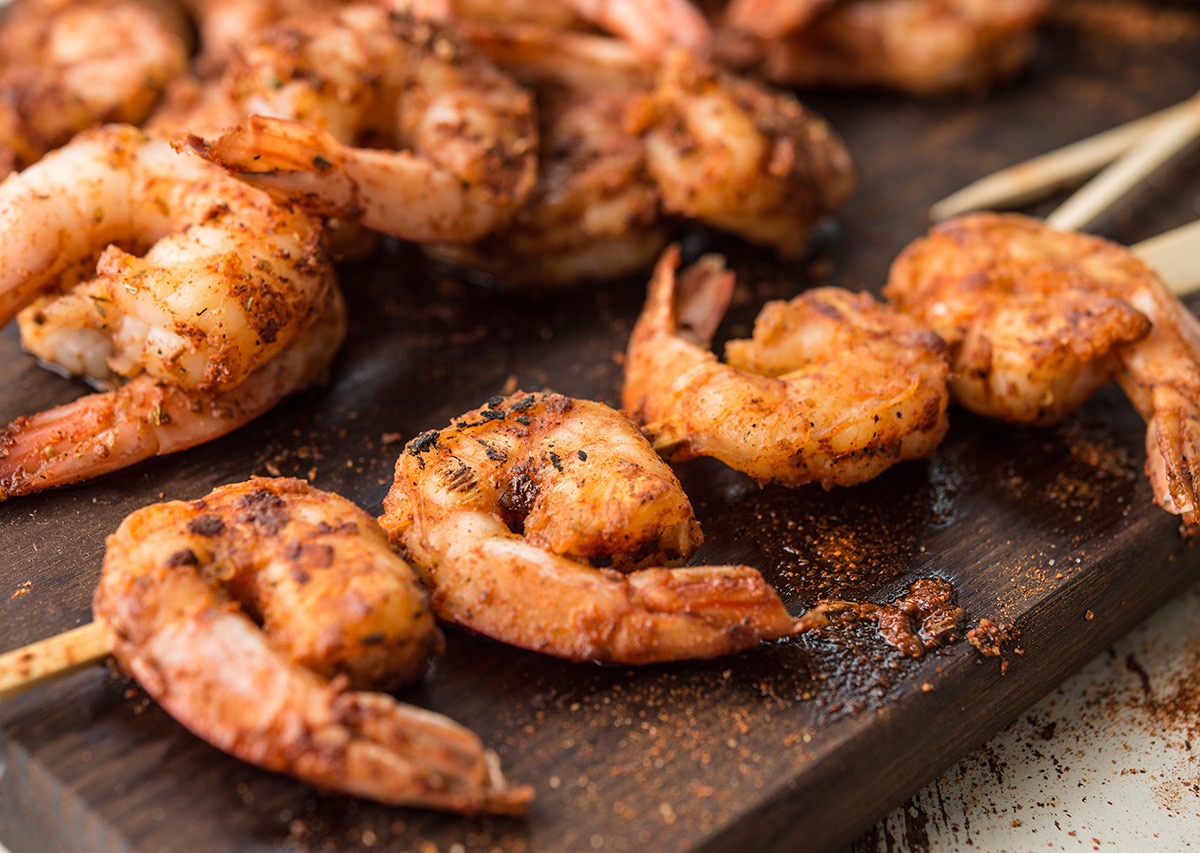
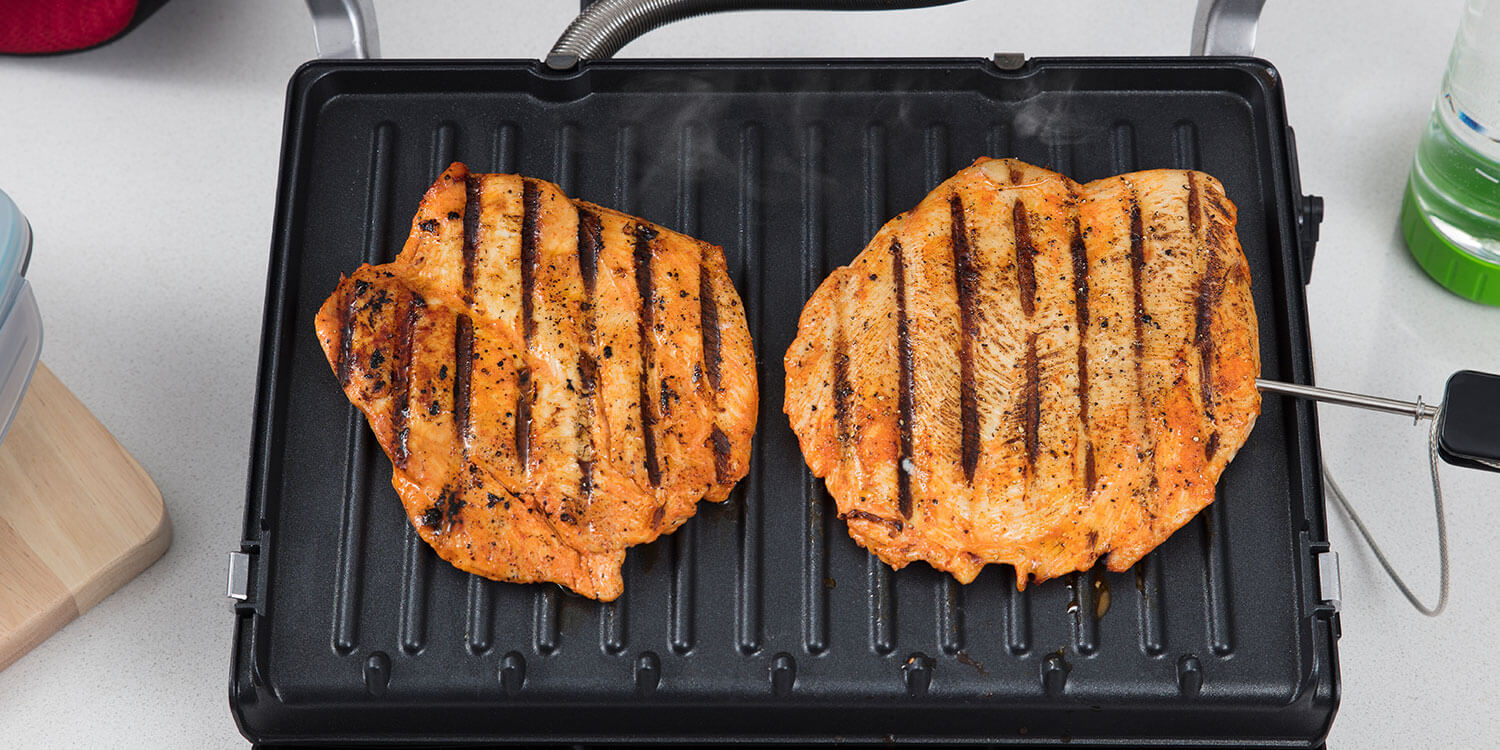
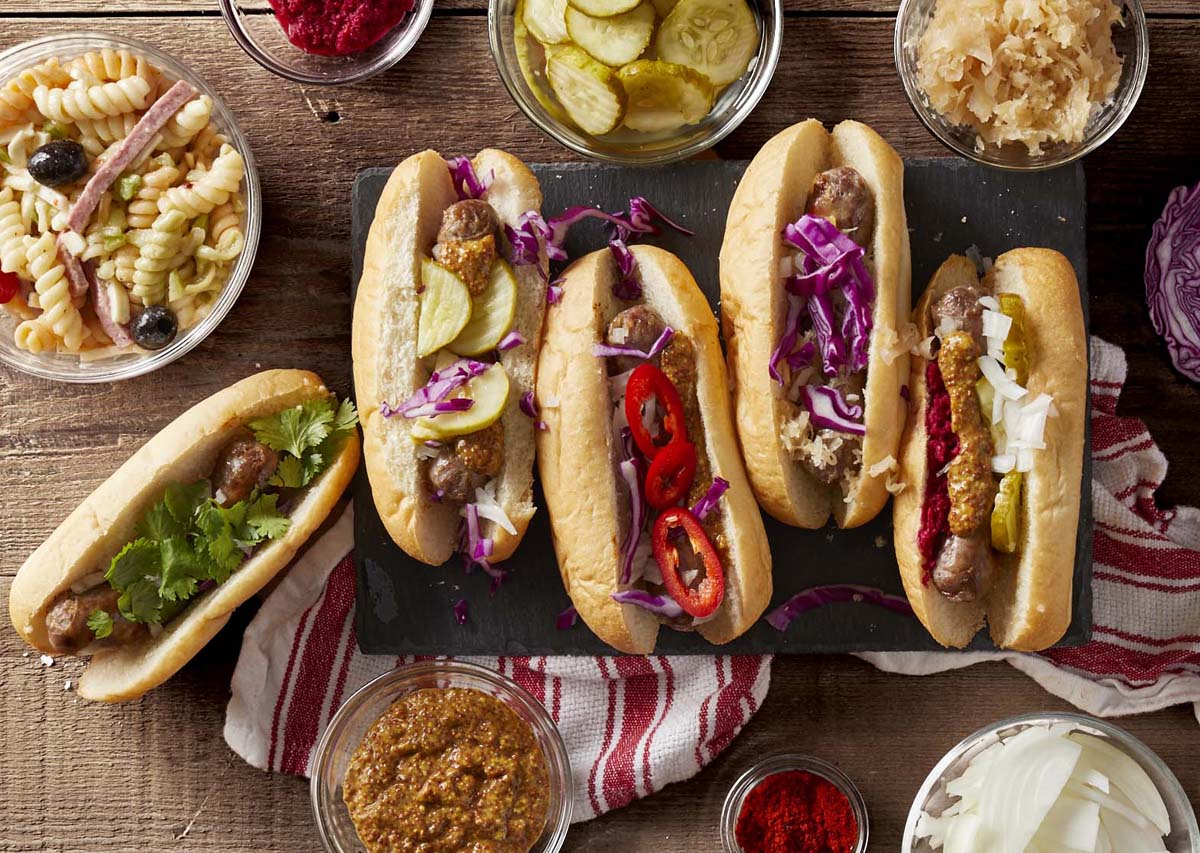
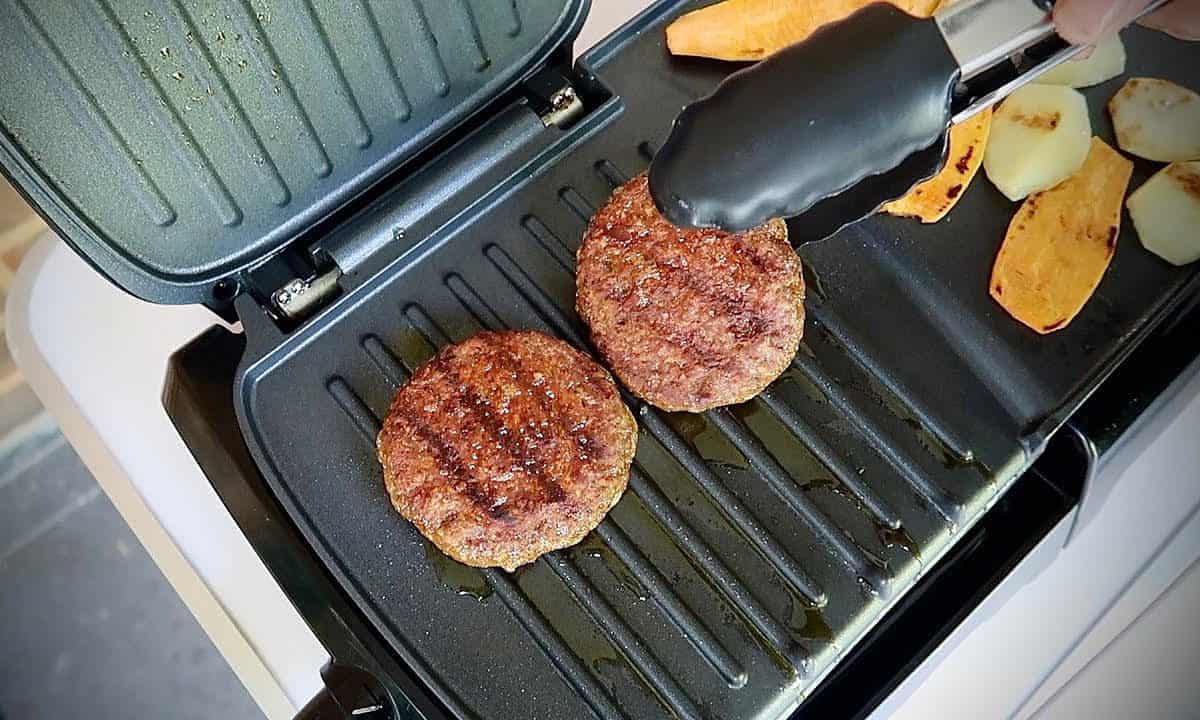
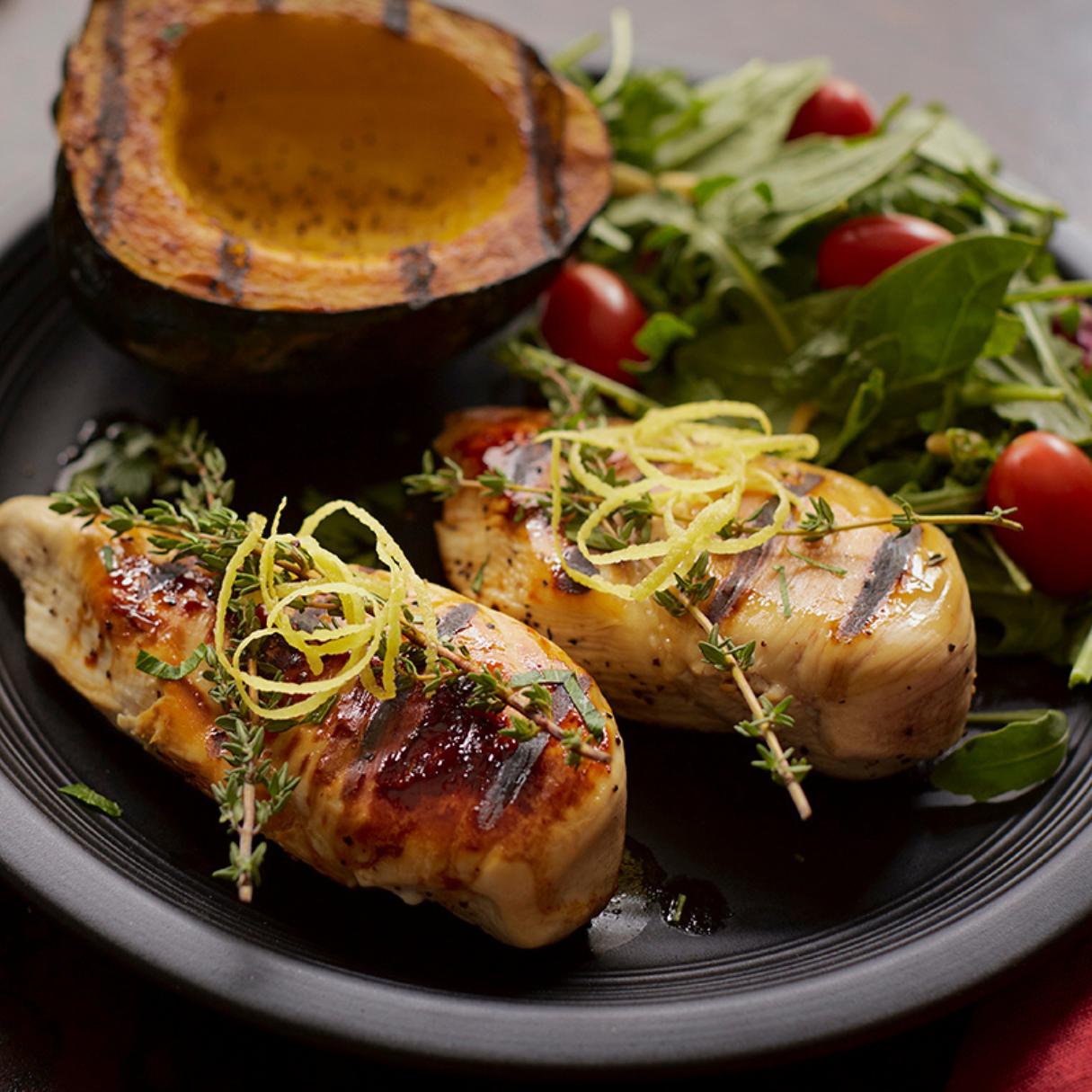
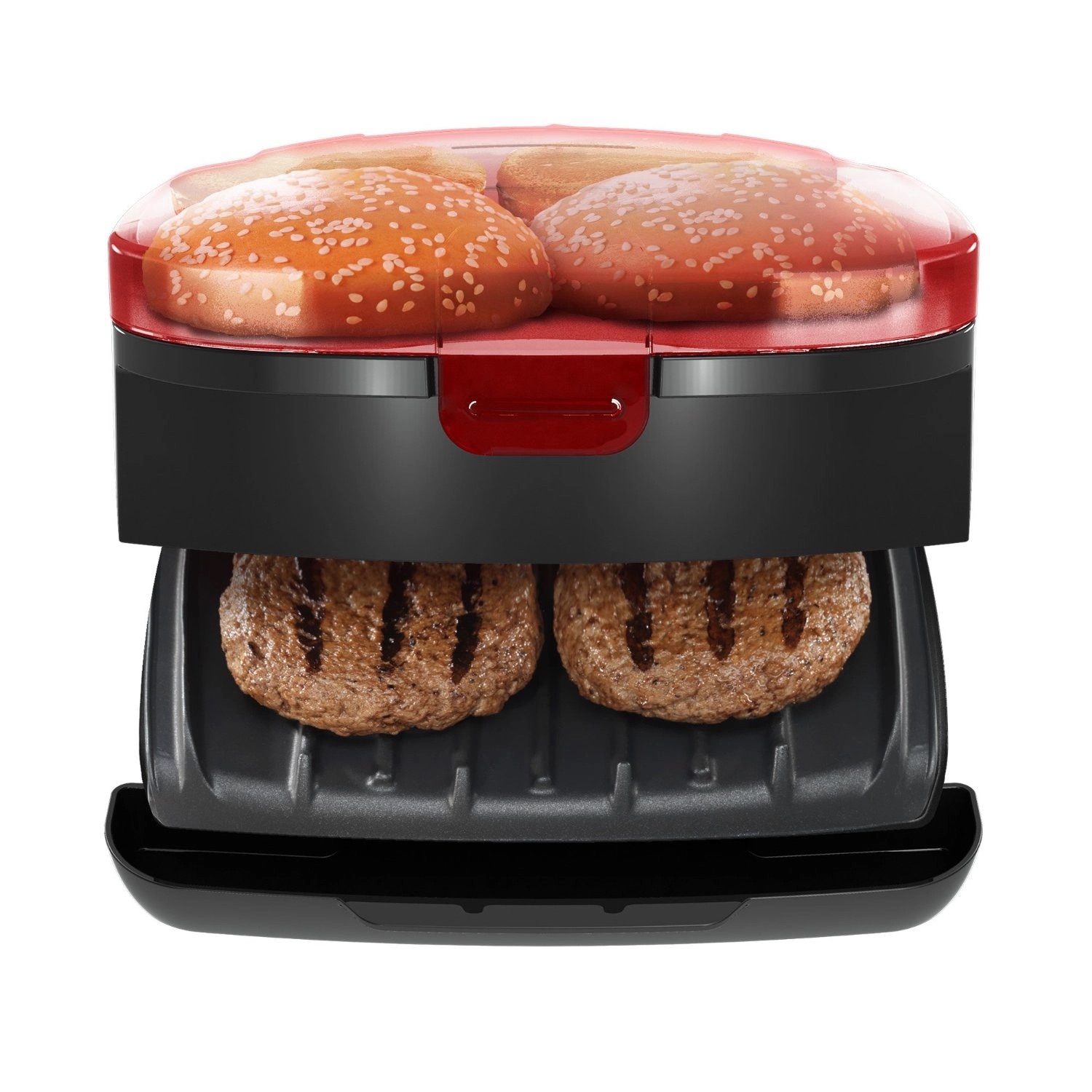
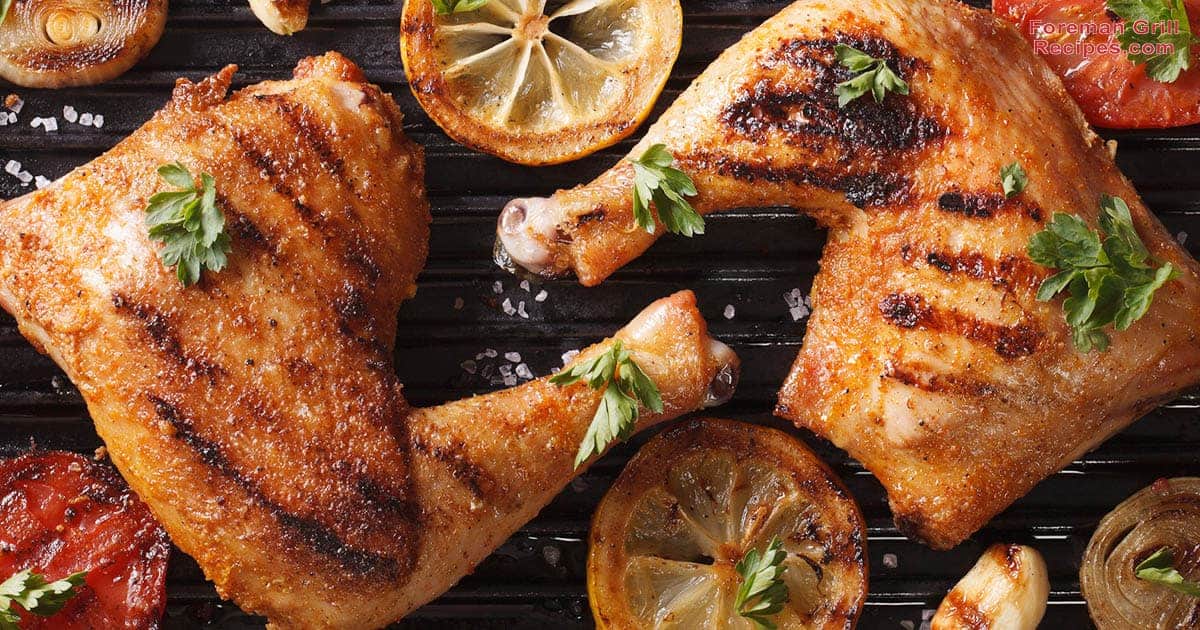
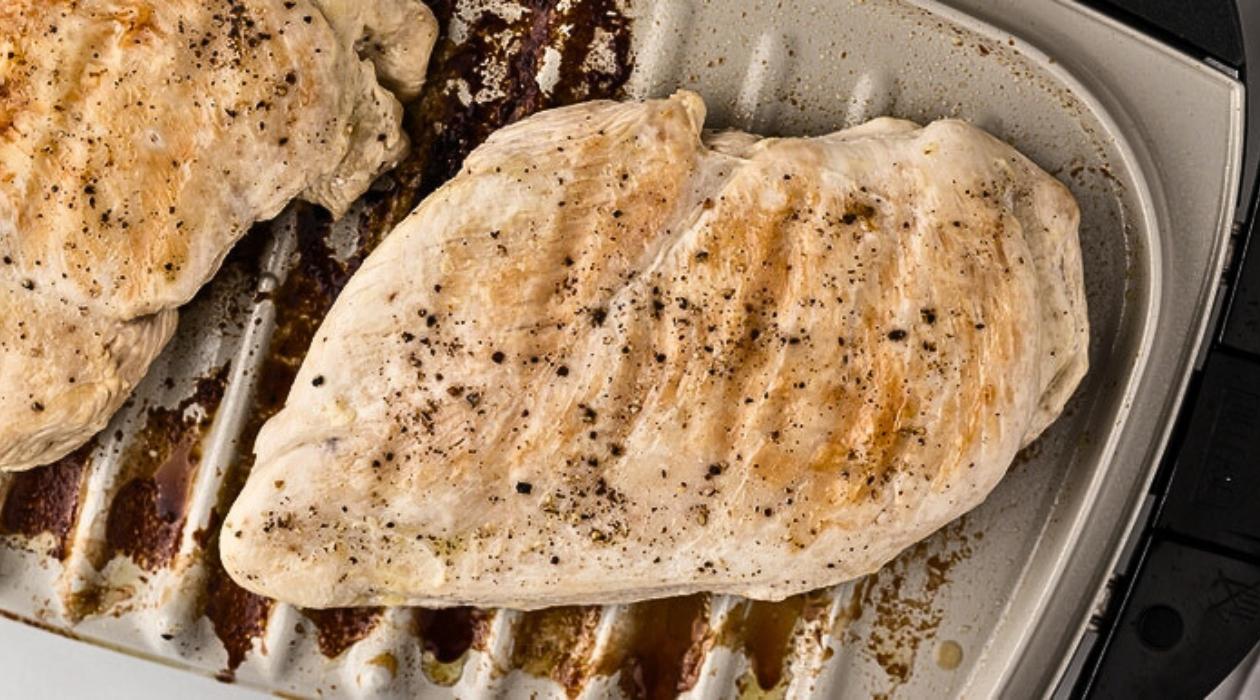
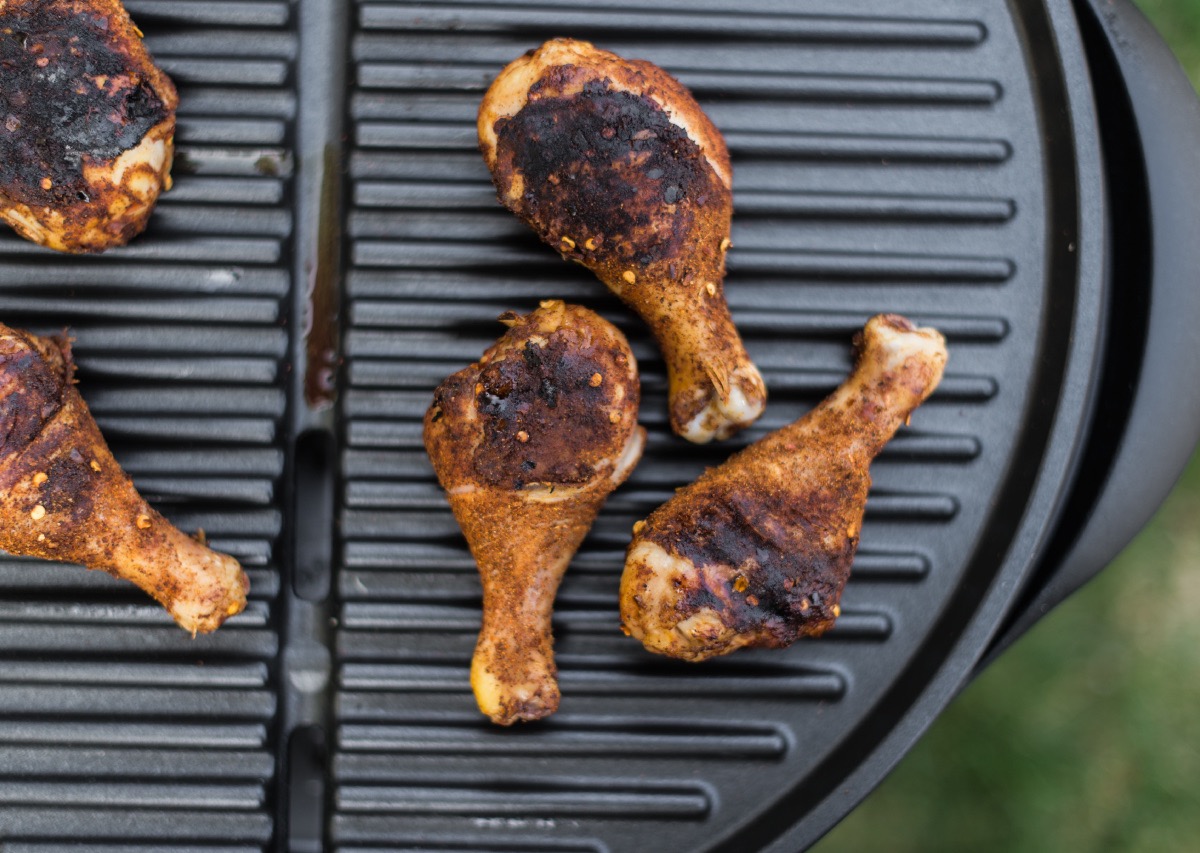
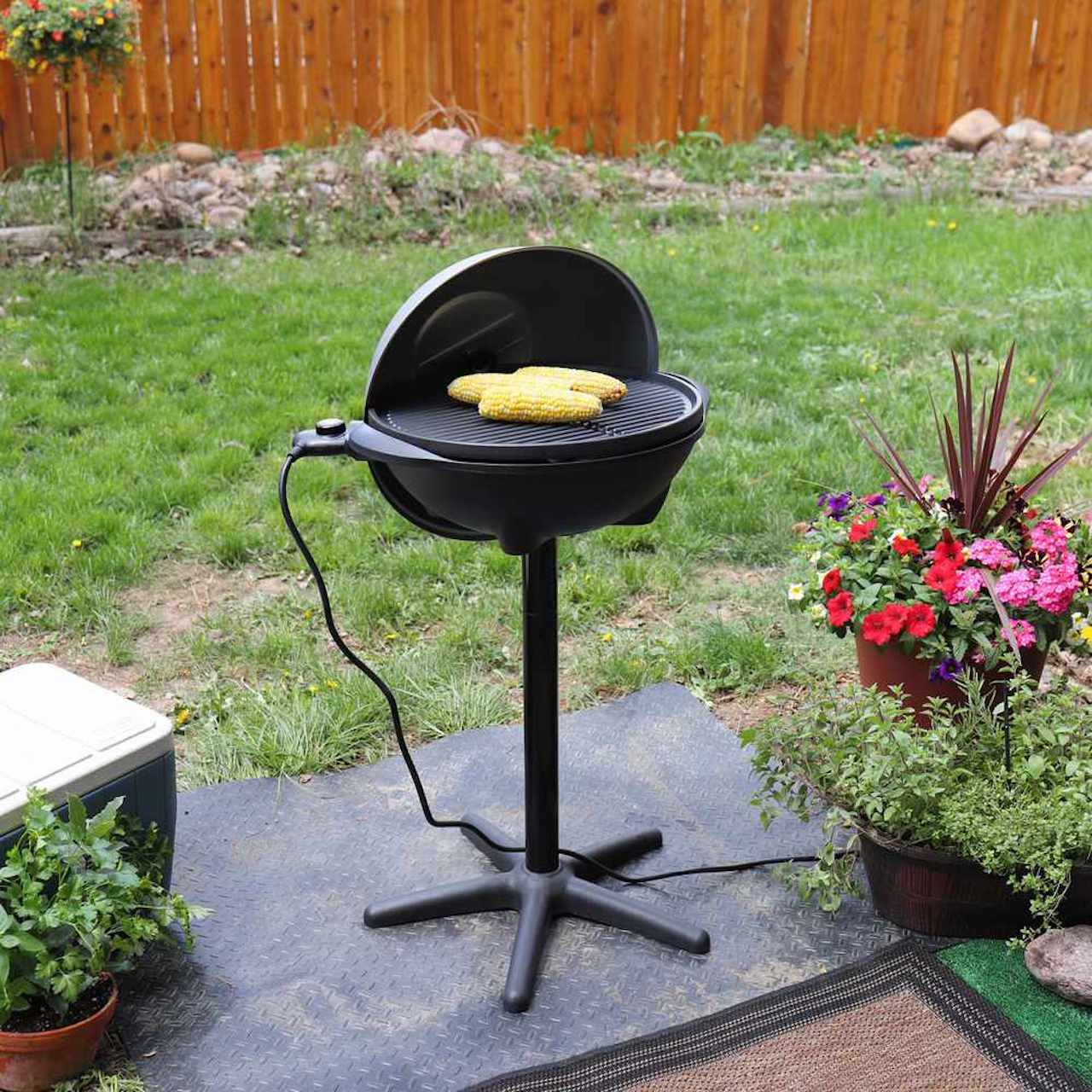
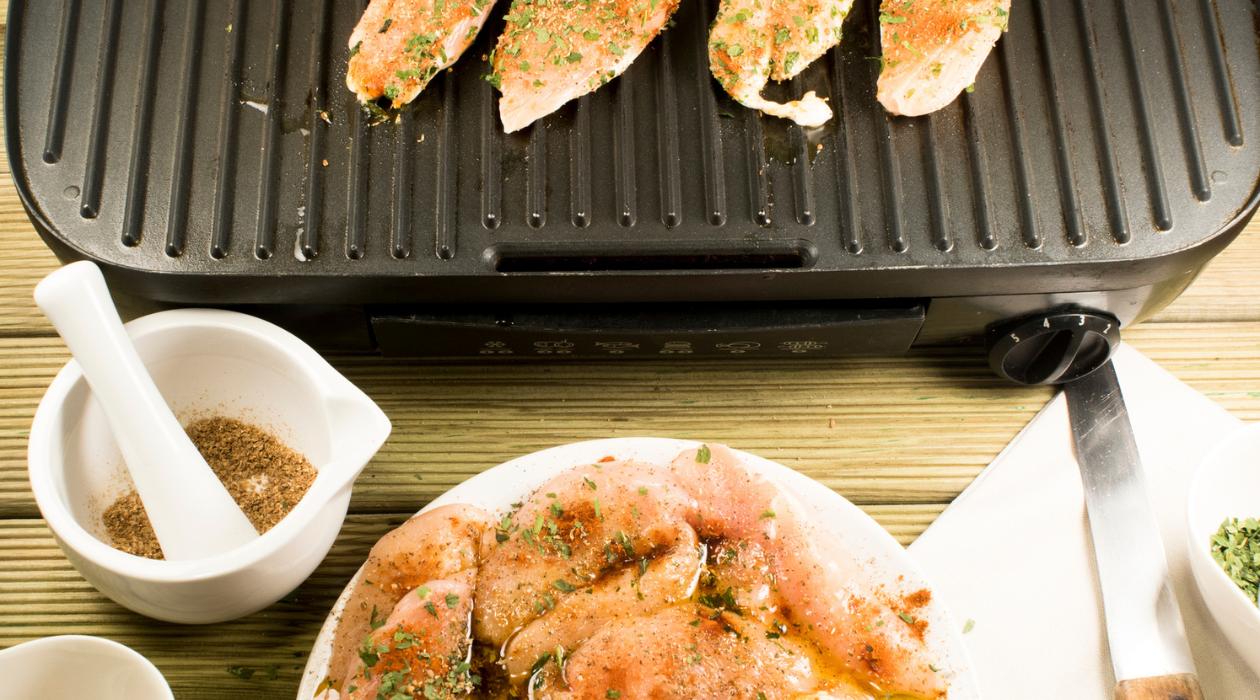
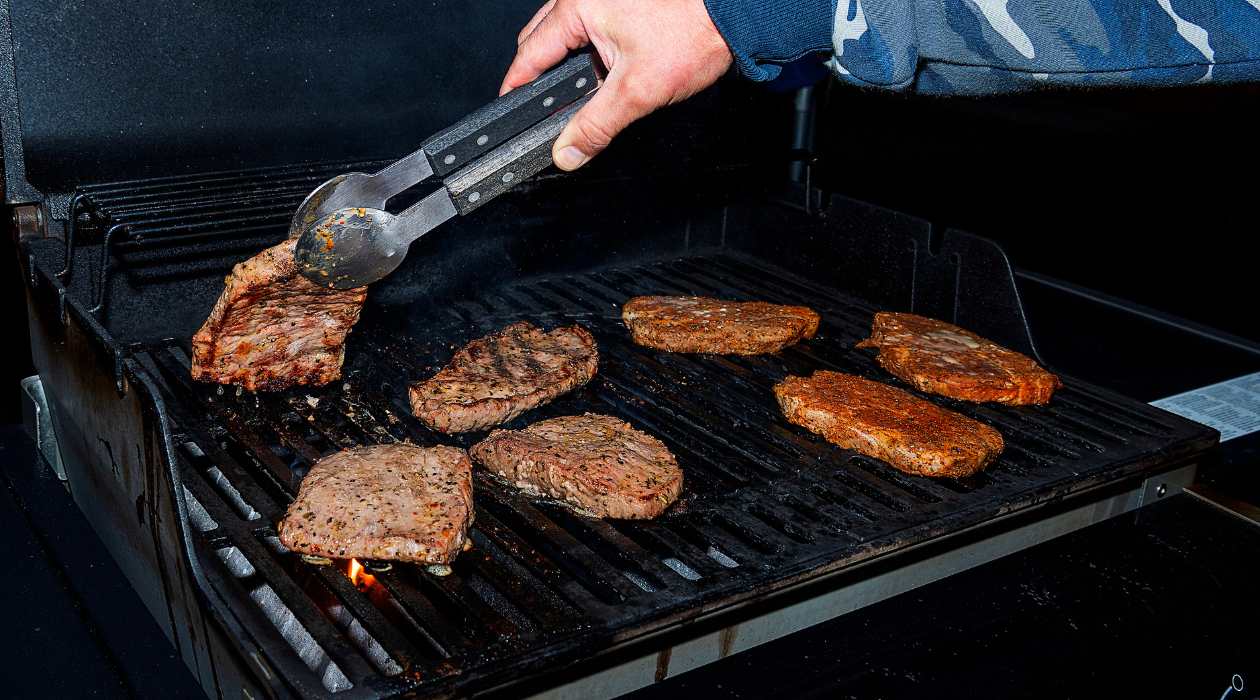

0 thoughts on “How Long To Cook Salmon On George Foreman Grill”